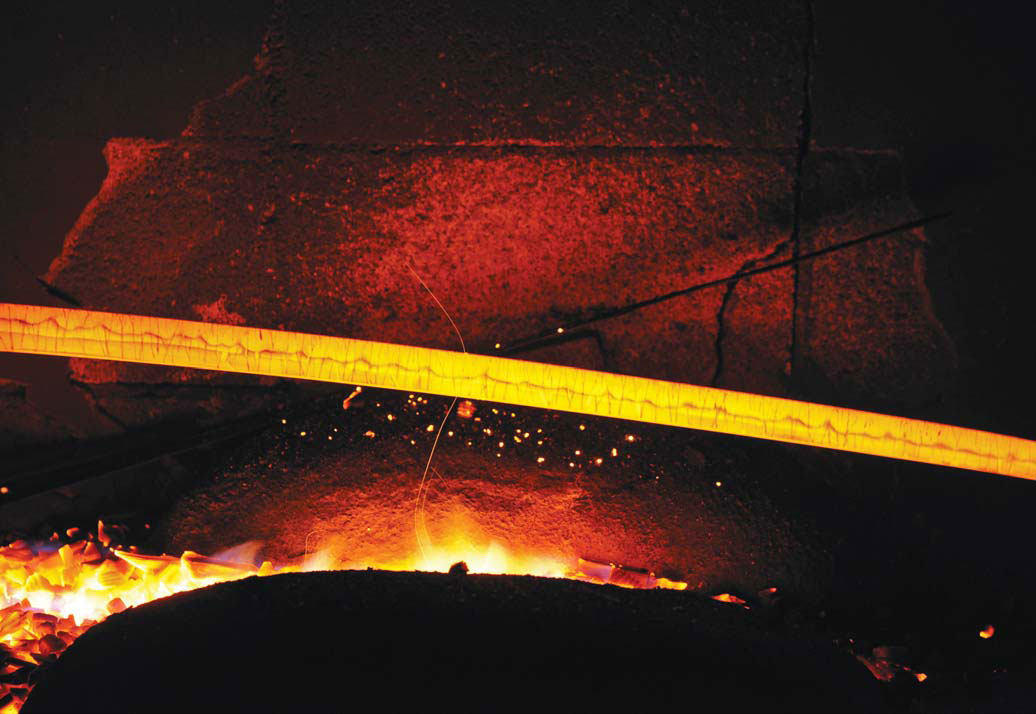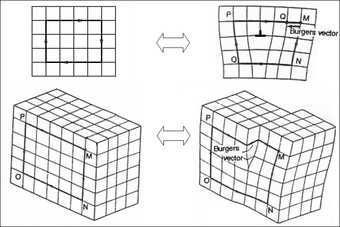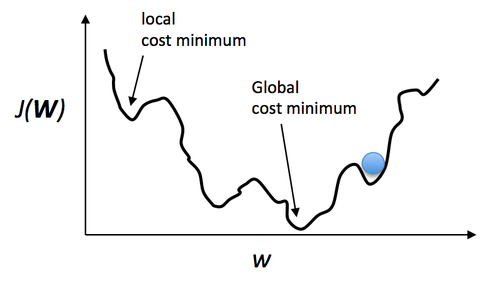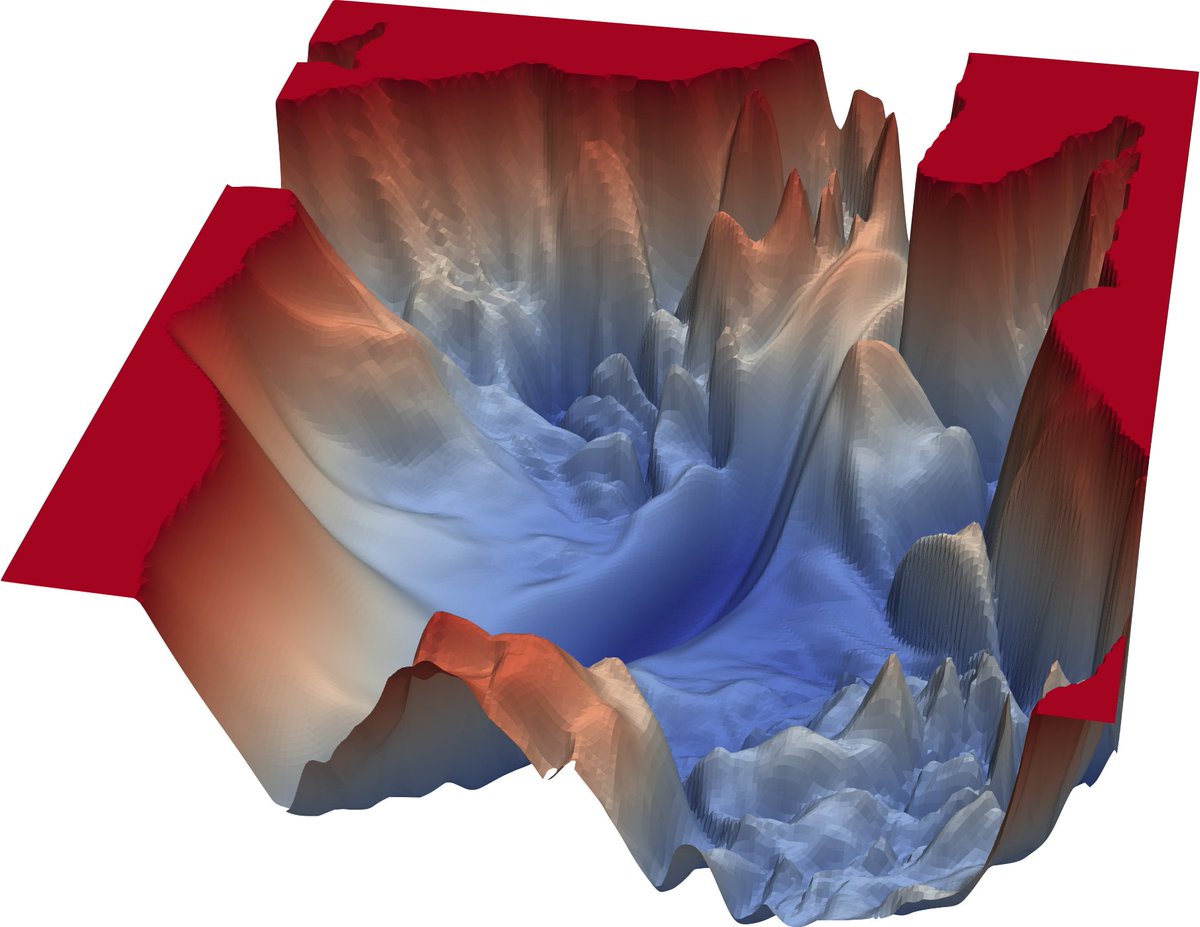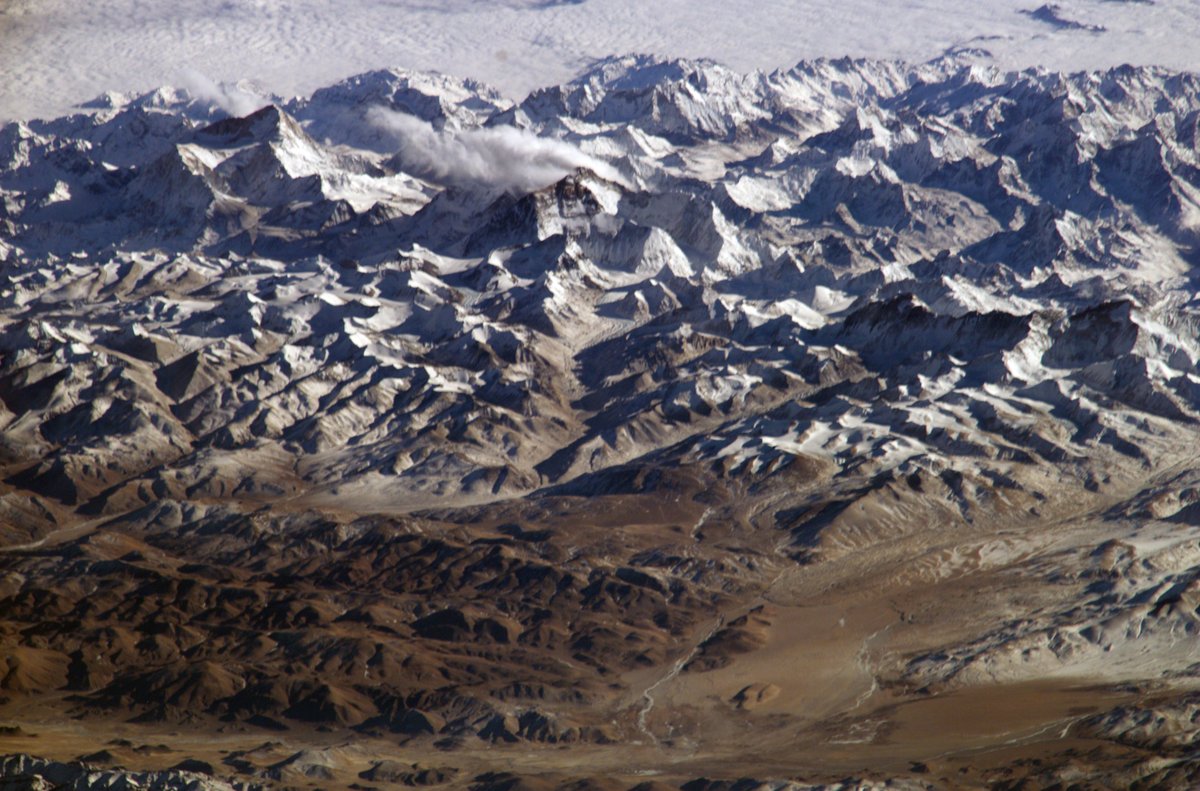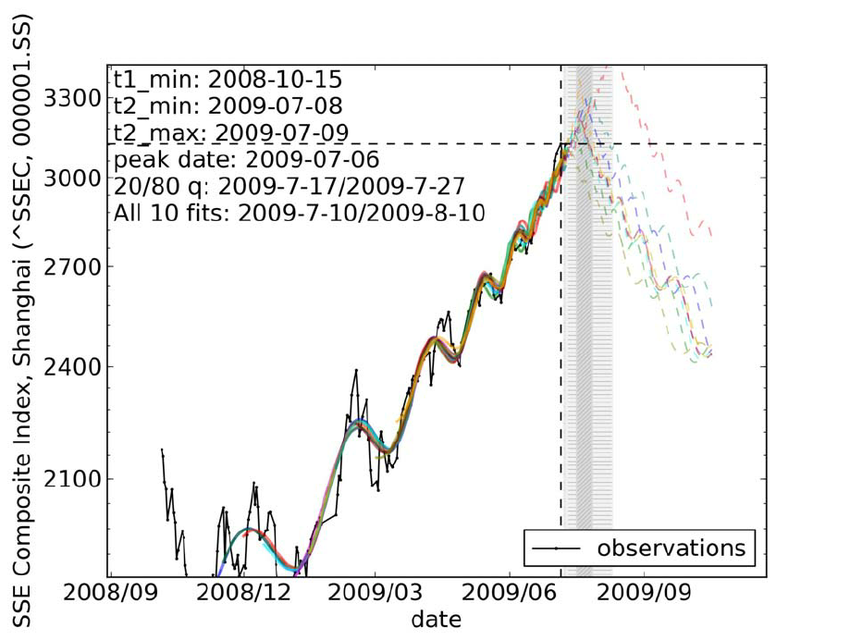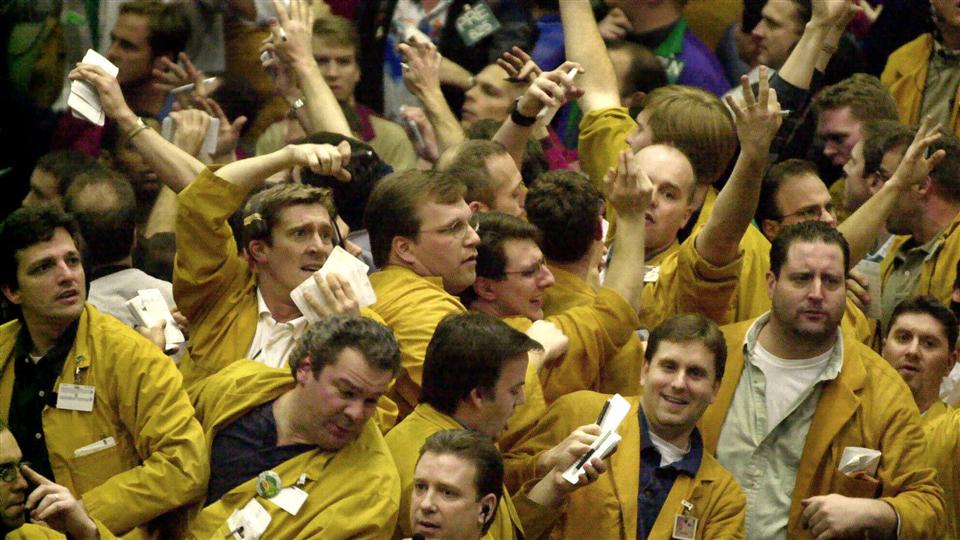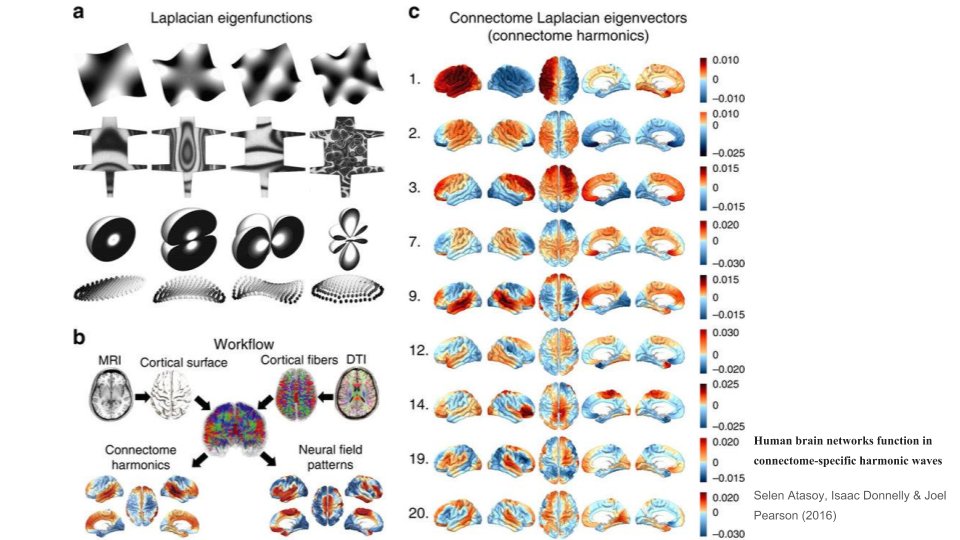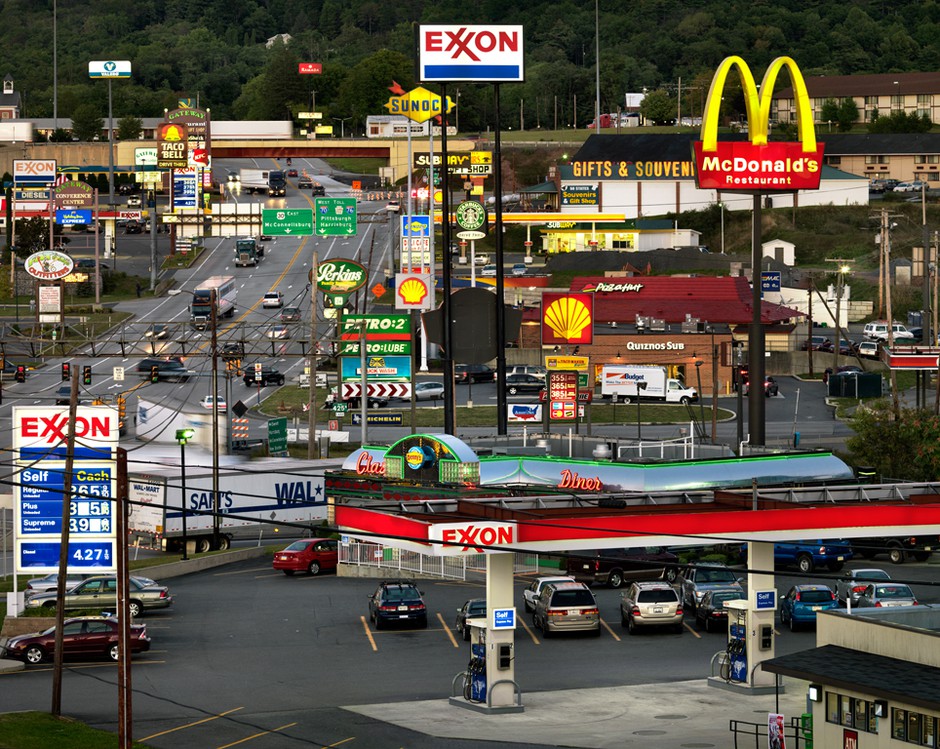When a blacksmith forges a sword, he heats the iron until glowing red, then plunges it into sand to cool. Before, the sword is hard and brittle from being hammered; after, the sword is once again ductile, workable. This is called annealing, and we see its form in many places.
The molecules that make up the metal of the sword sit in a crystalline lattice. In an ideal crystal, every atom has a place in a perfect periodic pattern. Real crystals have defects, differences from the ideal pattern that efficiently packs the constituent atoms.
A defect is called a dislocation, and is an abruption in the periodic structure of the crystal lattice: a missing or misplaced atom, excess structure in the lattice, screwed edges, a kink or jog in glide planes, or some other geometric sin. These differences are free energy.
When the blacksmith heats the sword, he provides enough energy for the lattice to reflow and annihilate its dislocations. At a higher temperature each atom has a greater freedom of action, & the material falls into a higher entropy state as it cools - a more ideal lattice.
So this is the general structure of annealing: accumulation of internal free energy in a system; increased temperature reduces constraints on freedom of action for the constituents of the system; & constituents exploit new freedom to move the system to a higher entropy state.
Where else do we see annealing appear? One clear place is in machine learning & information geometry, in what& #39;s called simulated annealing. This is a probabilistic technique for finding the global optimum of a non-convex function, where there& #39;s many local optima & singularities.
The energy landscape of anything we care about - anything real; anything part of an open system, or with internal hierarchy or interconnectivity - is not convex or regular, but possesses non-linearities & singularities. We& #39;re navigating a rugged mountain range, wandering a maze.
Ordinary gradient descent can& #39;t effectively navigate this rugged landscape, because the derivative at local optima is 0 in all dimensions, & doesn& #39;t exist at singularities. Simulated annealing doesn& #39;t exploit the gradient of the function, so it can uniquely solve the landscape.
Simulated annealing works by probabilistically jumping between states of the function in search of the lowest energy one, i.e. least cost or max likelihood. As a temperature parameter decreases, so does the probability of switching to a new state. At 0T, we settle in the optimum.
We can see the similarity to metallurgical annealing: the constituents (statistical parameters, molecules) have more degrees of freedom at higher T, and so the system dynamics span a greater volume of phase space. As the system cools, it settles into a lower energy state.
Any complex thermodynamic system can be annealed. A financial market is efficient when participants successfully arbitrage away all negentropy in the price action by consuming free energy. This is structural correlations between market participants, internal mutual information.
When structurally unresolvable correlations accumulate in the market due to system boundary conditions, trader computational constraints, or exogenous energy sources, the market begins to oscillate between compression & expansion phases at logarithmically increasing frequency.
At the market& #39;s characteristic frequency of oscillation, enough free energy has built up in the market that the temperature (variance) increases, internal correlations are revealed & annihilated, & the market settles into a higher entropy, more informationally efficient regime.
Another domain: the brain. At each scale, the brain inputs sensory data & compares it with top-down prior expectations. Mismatch between sensory input & expectation is free energy, surprise. The brain acts to minimize this free energy, converting it into work for updating priors.
This periodic oscillation between free energy production & consumption induces a characteristic resonance frequency, where the brain "rings" -- free energy spills over into adjacent harmonics & self-amplifies. Annealing can disrupt these negentropic attractors & dampen cacophony.
Meditation - or prayer, or drugs - is a form of annealing. It drives the brain into a higher energy state, where greater degrees of freedom allow internal dislocations - free energy, prediction error - to realign into more euphonic structures. Always we forge our selves.
Societies & civilization, too, anneal themselves. The narratives that we use to interpret and guide events - the norms & expectations that govern our collective behavior - are themselves machinery for consuming and using free energy, and so can incur errors or dislocations.
If our governing narratives are misaligned from the rhythms of the world, unexploited free energy accumulates in our global circuitries. These tensions & misalignments are the structures we& #39;re trapped in that constrain us from right action - decadence, inequality, sclerosis, &c.
When these tension reach a fevered pitch, global temperatures rise and energy spills out across the system: war, political revolution, social unrest, economic catastrophe, plague. The old structures of our lives are burned down, having dried out; new vital ways become possible.
"Everything under heaven is in utter chaos; the situation is excellent." The constraint of the parts constitutes the freedom of the system. These constraints can be scaffolding for our growth as parts, or intolerable chains. With heat, we can smelt our chains & craft new virtue.
The delicate work is always with the hammer & the sand. If we strike poorly, beat ourselves into the wrong shape, we can worsen our dislocations. If we cool too quickly, or unevenly, we make ourselves fragile and may shatter when struck.
But with a forge and skillful hands...
But with a forge and skillful hands...

 Read on Twitter
Read on Twitter